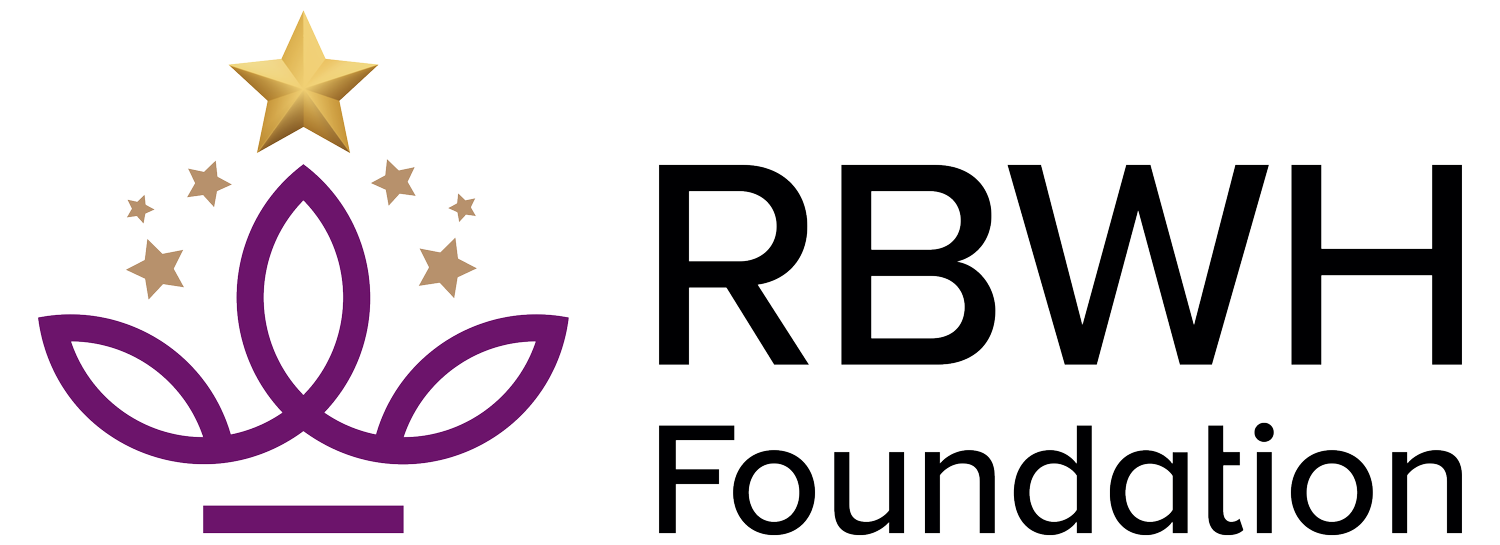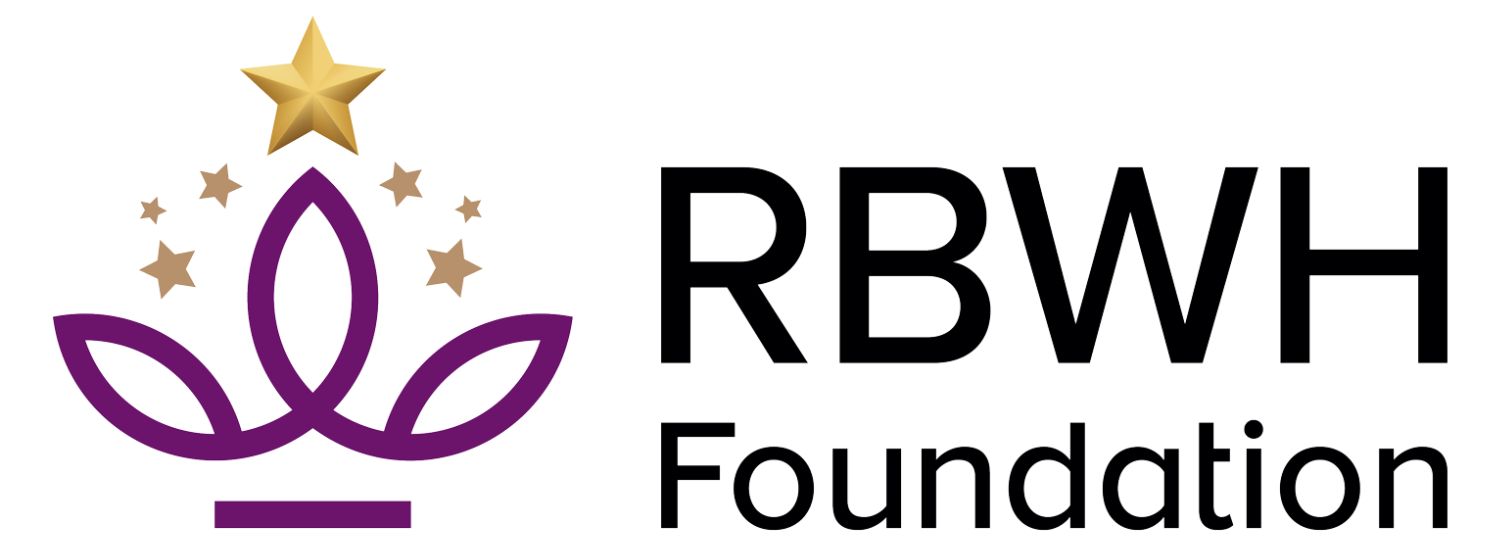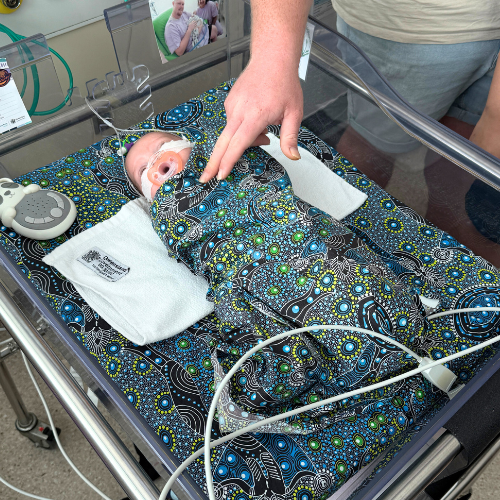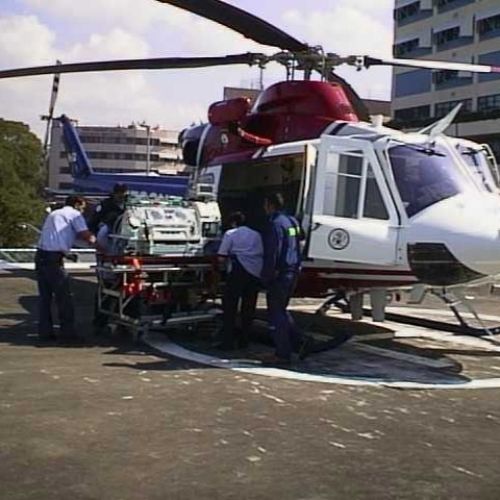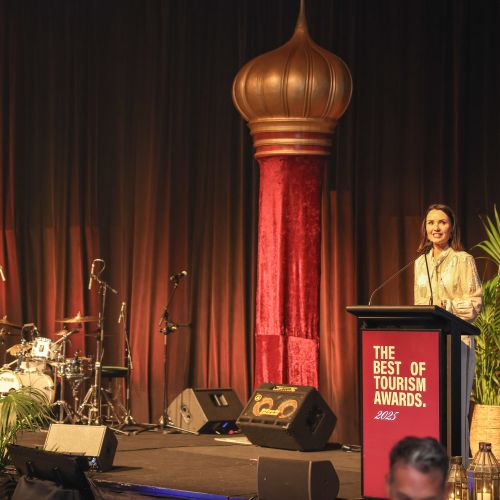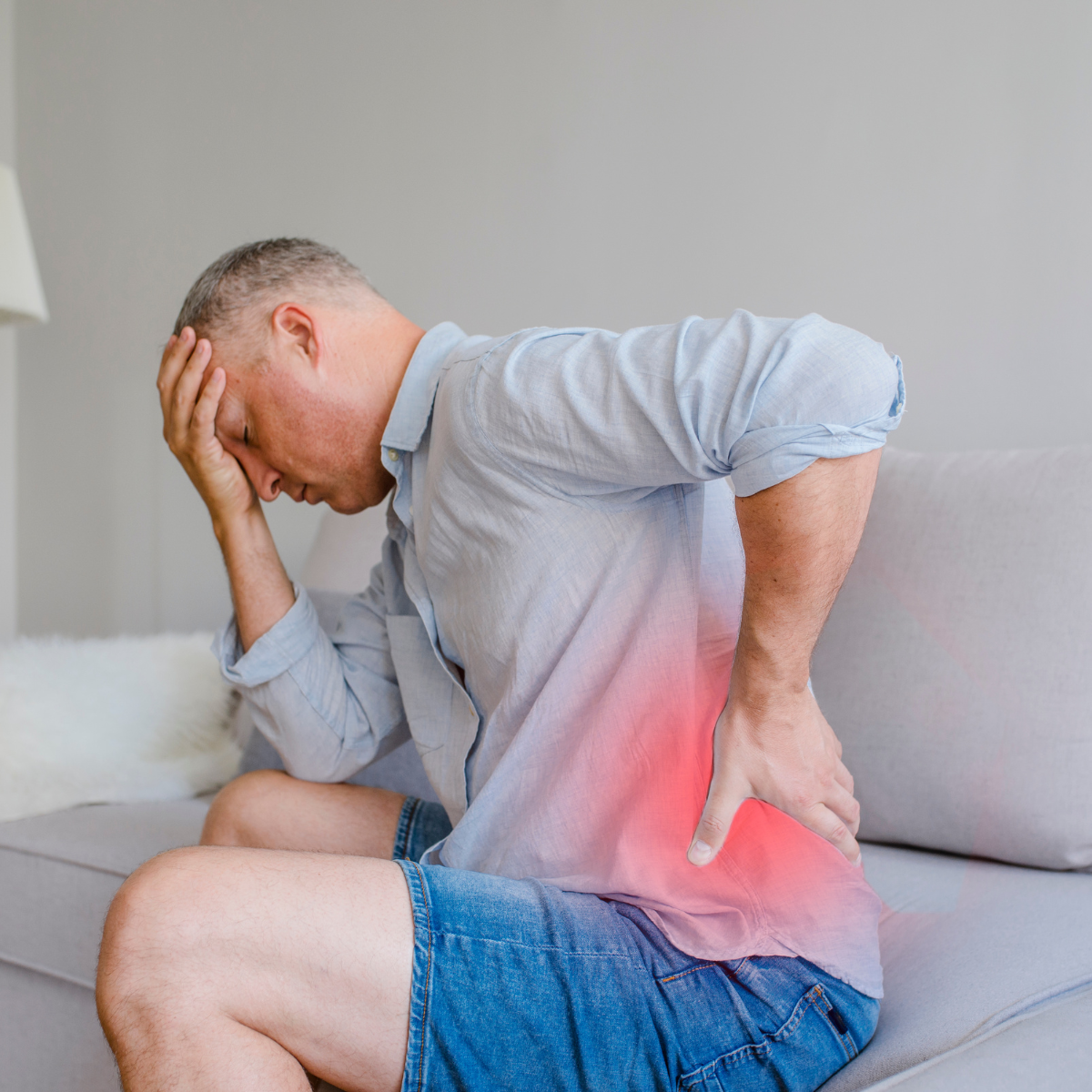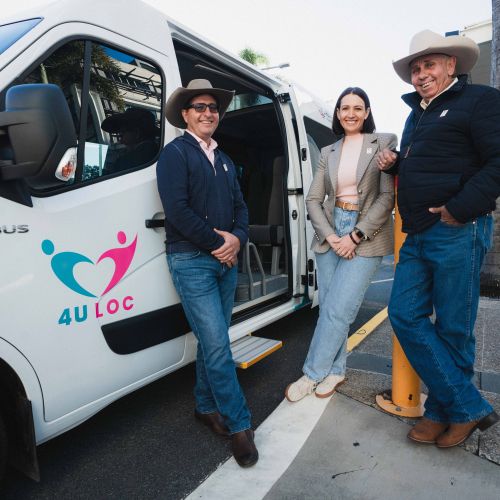Metro North Health researchers are using motion analysis technology, used to create animated characters for video games like Fortnite, to help patients avoid surgery for health-related walking issues.
The Queensland Motion Analysis Centre (QMAC), located at the Surgical, Treatment and Rehabilitation Service (STARS), was funded through donations to the RBWH Foundation but needs further support to expand the service.
Patient Stuart Chalmers featured in this 7News story for the 2024 RBWH Foundation Giving Day.
“STARS and Royal Brisbane and Women's Hospital (RBWH) cares for about 600,000 people every year,” said CEO Simone Garske.
“That’s 600,000 reasons to give to the RBWH Foundation, in support of the highest priority patient care initiatives and life-saving medical research, but you only need one - a loved one who has been treated here by our wonderful health and medical professionals.
“By giving together, we can ensure RBWH and STARS can go above and beyond for patient care and life-saving research.”
Brisbane’s Stuart Chalmer was referred to QMAC after private surgery for a bulged disc became infected and left him with severe spasticity. Stuart was facing life in a wheelchair but is now training to walk 4.5kms in this year’s Bridge to Brisbane.
“I spent 68 days at RBWH, fighting the infection and then learning to walk again,” said Stuart. “I am now an incomplete or partial paraplegic with severe spasticity in my legs.
“With the information gained from undergoing QMAC assessments, the doctors, physiotherapists and exercise physiologists were better able to work out a plan for my rehabilitation so that I could get stronger and walk both faster and with better quality of gait.”
Stuart finished Bridge to Brisbane last year in a time of one hour and 39 minutes. He is walking the event again this year and aims to complete the full 10km event in 2025.
Motion analysis technology provides clinicians with a three-dimensional view of a patient, allowing unique insight into walking issues resulting from medical conditions. Those include spinal cord injuries, stroke, cerebral palsy, multiple sclerosis and other neurological conditions that disrupt the brain’s pathways to joints and muscles.
“Using reflective markers placed on a patient, we can analyse their gait from in front and the side, but also from above, looking down,” said RBWH Medical Engineer Michelle McGrath.
“This then creates a computerised stick figure showing a 3D view of a patient including their rotational profiles. Patients also walk on force plates which tells us what forces are acting through their joints and have sensors placed on their muscles to measure what muscles are firing.”
A QMAC review of patient data showed their treatment plans were changed for 81% of patients. In 47% of cases, patients’ treatment plans were downgraded, many avoiding surgery and treated with botox, orthotics and tailored rehabilitation, instead.
QMAC now needs to run an economic study to verify the efficacy of gait analysis in the adult population on patient outcomes and costs, before the service can apply for expansion.
To support patient care and life-saving research, like this, please donate today.
